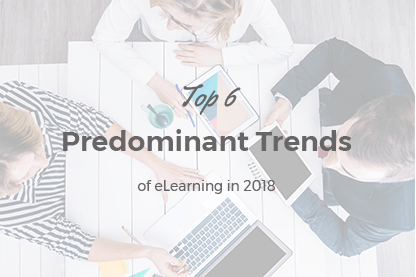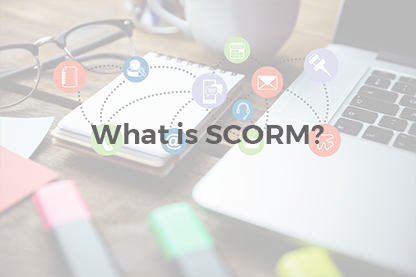Social media is playing an ever-increasingly important role in all of our lives. Each day, hundreds of thousands of us use Facebook, Twitter, Instagram, LinkedIn and a whole host of other social networks. We use them to stay in touch with friends and colleagues, organize events, catch up with the news, follow our favourite brands and discover new things.
It is not just companies that are using social media platforms, though. Teachers and educational institutions are now heavy users of popular social media platforms and have begun integrating them into their eLearning initiatives. Social media platforms have the inherent ability to be utilized through eLearning and they are very powerful tools. It is not a simple process though, and you must know how to effectively utilize social platforms to make the best and most productive use of them.
Let’s take a look at some of the individual platforms and how you can use them for eLearning. All of these platforms are great for eLearning, especially when you have had suitable social media training and know how to properly use and fully benefit from them.
It wouldn’t make sense to place the world’s biggest social network anywhere else in this list. Facebook is a monolithic platform which has an audience in the billions and a worldwide reach which many of us rely on day by day.
Facebook groups which focus on topics and niches are a great way to incorporate eLearning into your online training regime. Different groups can be used for each individual training course you have, and these groups can be used to work collaboratively, share ideas and create polls and surveys.
The value of Facebook groups cannot be understated. If you have recently undertaken a college course, have started a new job or joined a sports club, chances are there is a Facebook group to chat with your fellow students, socialize with your work colleagues or share training tips and tricks within your club.
You may not instantly think of Instagram as a useful eLearning tool because it is only a photo-sharing platform which lacks much of the infrastructure found on other social networks. Whilst this is true, Instagram is a great place to upload collections of photographs that are organized and easy to manage. You can share these with your students, or make them easier to find by using a unique hashtag.
Instagram would work well for eLearning centered around more creative activities such as photography, illustration and graphic design.
Google Docs
Whilst Google Docs is not a social media platform in its own right, it can be used alongside Google Plus to be a powerful eLearning tool. Google Docs is brilliant for collaboration, and you can give multiple different people access to text documents and file trees, allowing trackable changes to be made in real-time.
You can see changes as they happen and watch who is doing what. Google Docs is used widely by both students and businesses; it is something which should be a part of any eLearning initiative. In addition to Google Docs, Google Hangouts is a great place to hold group video conferences and live message feeds too, but it is somewhat limited given that you can only have ten people in a video conference at any given time.
Many do not consider it to be the best eLearning platform because of the character limit. Although 280 characters is more than enough to make a point about something, you are never going to create a deep learning environment in such a small amount of space. However, this small character limit makes Twitter a brilliant place to conduct micro-learning. Not every part of eLearning needs to be deep and engaging, and with Twitter you can create small bursts of useful information in a ‘flash-card’ style which your students will be able to read as they scroll through their feeds during leisure time. Not only that, you can share Tweets and content from other people or institutions related to your eLearning course, giving your students a great place to access further information with ease.
YouTube
The eLearning possibilities of YouTube are obvious; it is the most popular video-sharing website in the world. There are tons of YouTube channels already which operate in an educational capacity, teaching students about all the obvious fields such as languages, computer programming, mathematics and science, and the less-obvious such as knitting or how to bathe your cat.
eLearning videos are a powerful and engaging way to connect with your students. You may even find yourself teaching people outside of your cohort. YouTube is a free platform which can support classroom-based learning with supplementary content. Plus, you can also live-stream to eLearning students outside of timetabled hours and get feedback on your video content directly from students. You can even make your YouTube videos private so that only people enrolled in your eLearning course can view them; you do not have to share them with the world.
On LinkedIn, you can start your own group which would allow your eLearning students the chance to not only learn and collaborate with each other, but to reach out to professionals and industry-leaders within their niches to pursue work experience, internships, mentoring opportunities or even jobs.
What makes LinkedIn unique to other social media platforms for eLearning purposes is that you can see everyone’s professional profiles which include their qualifications, publications, accomplishments and work backgrounds.
LinkedIn is best suited for a more mature audience, though. It is not the most widely used social platform, so be prepared to provide some guidance on the topic.
*Michael has been working in marketing for almost a decade - and has worked with a huge range of clients, which has made him knowledgeable on many different subjects. He has recently rediscovered a passion for writing, and hopes to make it a daily habit.










